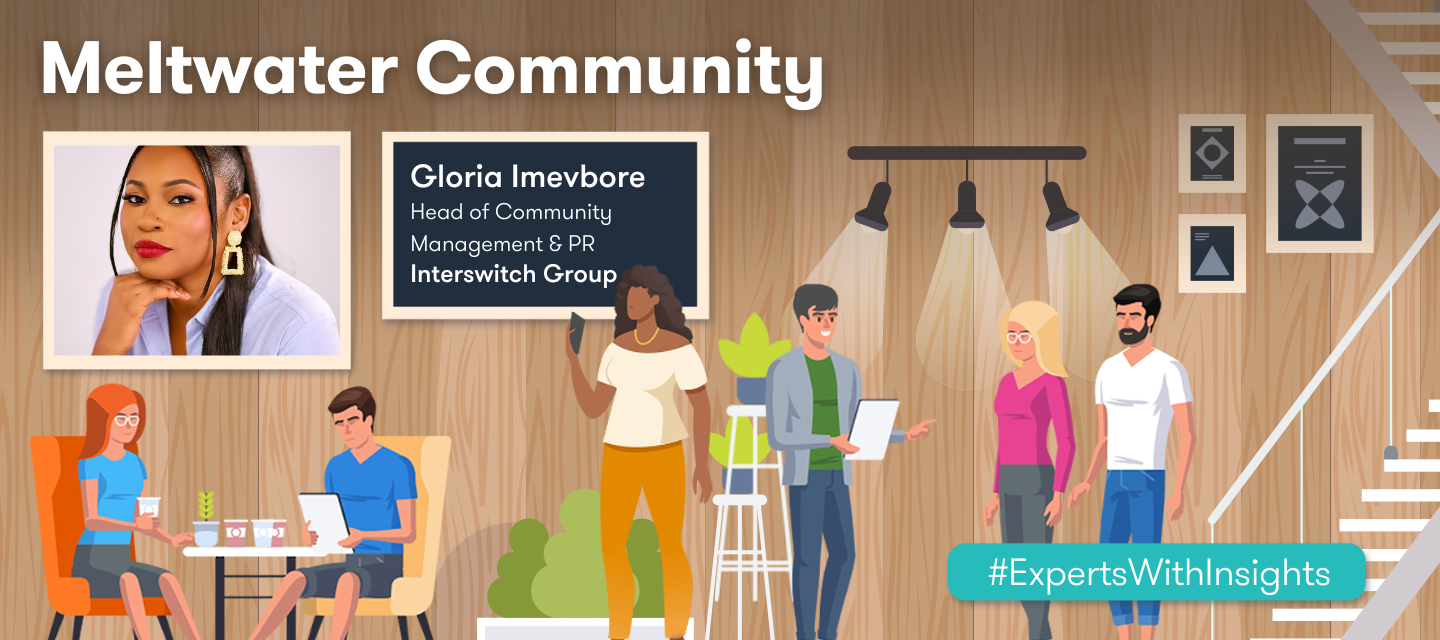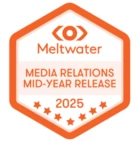Let me first state that contrary to popular belief, content creation for brands in industries such as SaaS, FinTech and the like is not boring!
I have spoken at length with social media experts and content marketers who prefer to create content for brands in industries like entertainment, consumer goods, retail, fashion or even manufacturing. The argument is that for these industries, the process of content creation is more interesting and fun in comparison to B2B and SaaS brands, which they find more difficult, brain-draining and low-performing in terms of engagement. While I understand their points, I maintain that content creation for B2B and SaaS brands is indeed challenging, but that’s part of what makes it so interesting.
So if you happen to find yourself in a new role operating in this industry, or you’re looking for ways to create interesting content, you’ve stumbled on the right article.
The key is to find what your audience finds interesting and create accordingly. Once you’ve cracked this, you’ll find content creation for B2B brands enjoyable and I’m afraid… actually fun.
For the purposes of this post, I’m going to assume we’re starting at square one. If you are coming at this exercise with an established brand, these steps are still valuable - I recommend anyone managing a brand asks these questions on a regular basis to ensure that you’re still on track and moving toward your desired results
Step 1: Start with your brand analysis.
Who are your followers? When are they active online? What do they like? What kind of news are they looking for? What interests them? How do they speak?
Conduct an audit of your existing followers, and the kind of followers you want for your brand. If you learn what type of content they’re interested in and how they like to consume it, you’ll be able to tailor your strategy both to your existing audience and the one you aspire towards.
Step 2: Review your brand foundation.
How strong is your brand in the industry? If you can’t confidently answer, you may need to do some more work on your brand building. If you aren't already getting results, I hate to break it to you, but you’ll have to reexamine your brand strategy to compete better for the minds of your audience. You can start by reviewing your brand objectives and goals, measuring key metrics, and assessing your customer. Meltwater has a great guide to check your brand health here.
Finally, regardless of how strong your brand is (or not), this step is sure to propel it to greater heights (if I do say so myself)! Maybe you have step 1 and 2 figured out, but you’re still stuck on the actual how to do things. Here are some content ideas that will be sure to get the attention of your audience (and secure some leads as well!)
Let me chip in here that it is important that you are knowledgeable about the industry your brand is operating in. Trust me, you’ll perform way better if you can communicate your brand and its features to your audience.
How to Use Digital Content to Build Dynamic Brands
- Use human-centric images/videos - Better still, use images/videos of your employees, involve them in the story, and show off your office. Let your audience know what you’re currently reading, watching, and doing - all of these tell a story about your brand and show off your company culture. This piques the interest of your followers and entices them to learn more.
I quite like how Salesforce goes about this. They use their employees and clients to tell/sell their products through fun videos, they share tips, share updates from events. They even hop on trends. It’s very refreshing to go through their content.
- User-generated content - This is one of my favorite ways to create content. So many people are already creating excellent videos, photos, and more, so why not just share their work with your audience? Don’t forget to give them credit! They’re helping you get your brand’s message across - pay them back by amplifying their voice.
- Webinars - Awesome for community building! Oftentimes, your audience has a lot of questions about your products or services and don’t know where to ask them. Webinars are a great way to immerse them in your offerings and start a conversation.
It’s also a great way to establish a rapport with your audience. By discussing what they find interesting, you are letting them know you belong to the same world.
- Industry news - Don’t just tell people what’s happening in your organization, inform them of what’s happening across the industry. Similar to shopping, people usually prefer a one-stop shop for everything, and that includes where they can read up on what’s happening. Make that your brand.
This approach has the added bonus of building brand credibility. After all, if you’re always sharing the latest industry news, you’re clearly in the loop!
- Product/service features - Yes, you can communicate your brand’s products and services in an interesting way. It’s important to communicate using words that your audience will understand, so avoid jargon and any unnecessary statements. Keep it short, sweet, and simple.
I’m obviously biased, but I think Interswitch Group is a great example of this. On our LinkedIn page, you can see that we’ve clearly and concisely summarized our functions and values without any fintech jargon or unneeded information.
- Influencer partnerships - Amazon is doing an incredible job collaborating with influencers for product-related content. Their influencers’ videos catch viewers’ attention with their fun tone and relatable content.
Who are the influencers who share your audience? Bringing one of them on board for a collaboration can be just what you need to spice up your brand. (A little self-promo: I’ll be talking about influencer marketing strategy in my blog next week, so stay tuned!)
- Polls - Yes, polls! Sometimes people really do not want to read endless paragraphs on “Scientific Perspectives on Global Warming and the Consequences on the Earth”. (Please read that sentence in Sheldon Cooper’s voice!)

Instead, introduce the topic in the form of something as brief as a poll - ask your audience if they believe global warming is the cause of the earth decaying and provide “yes”, “no” “I have no idea” options. Polls provide a low barrier to entry for engagement, so you’re likely to get a lot more traction on social media than you would from longer-form (read: higher-effort) content.
I’m going to stop here so that I don’t overwhelm you with too much information, but I hope this has helped you find new ways to approach your brand strategy and content creation for “dry” industries like B2B and SaaS. I truly do believe that once you embrace the challenges you will find B2B and SaaS just as energizing as the more “glamorous” verticals for marketers. I have personally found working in fintech hugely rewarding, and it has helped me form the foundations of strategies that can be applied to any industry.
I’ll be back next Monday with an in-depth look at the role of insider marketing in brand strategy, but until then I’d love to hear from you! What are some of the least “exciting” campaigns you’ve worked on, and how did you overcome your challenges and engage your audience?









